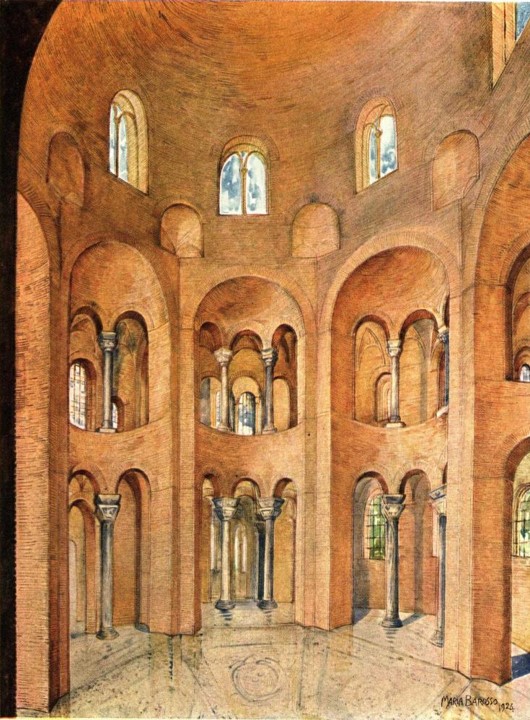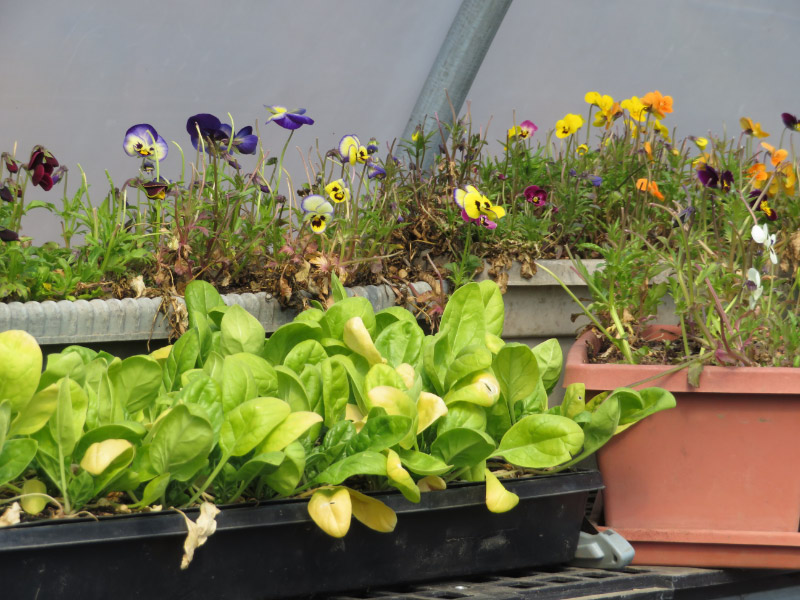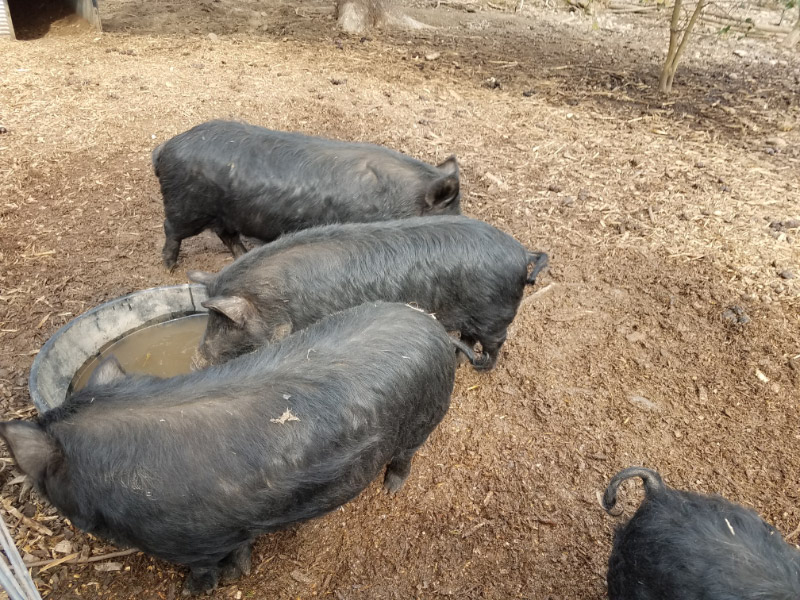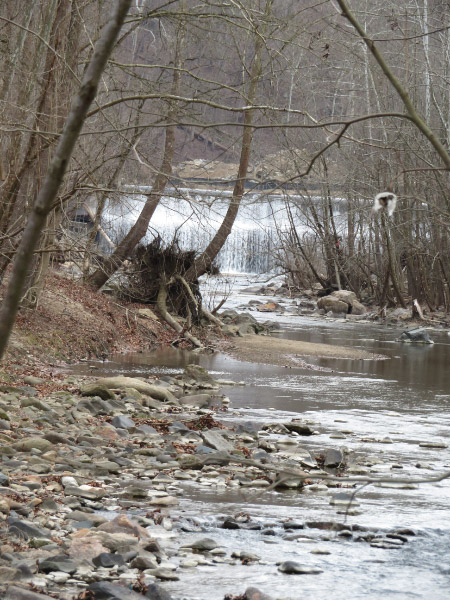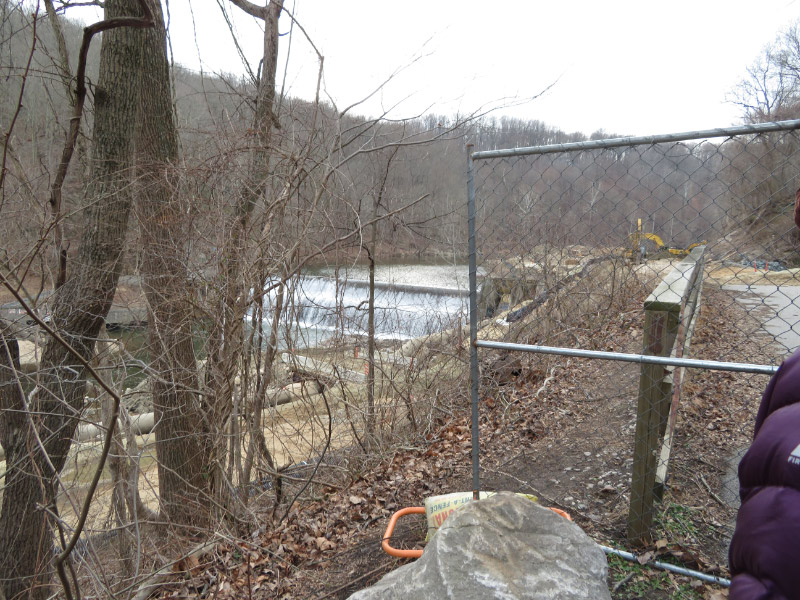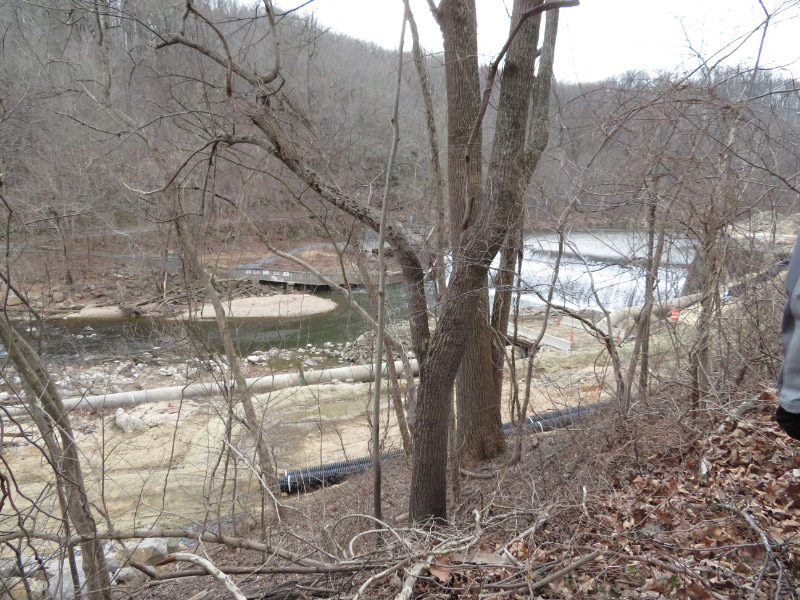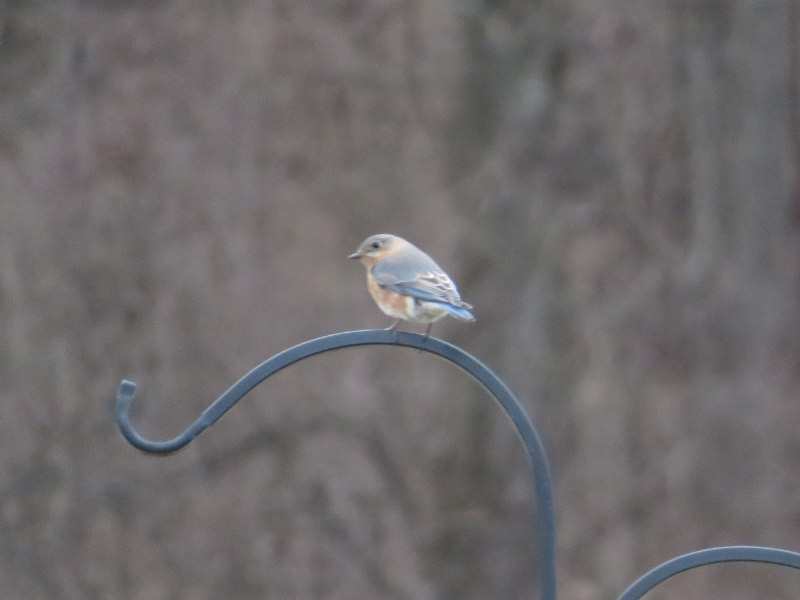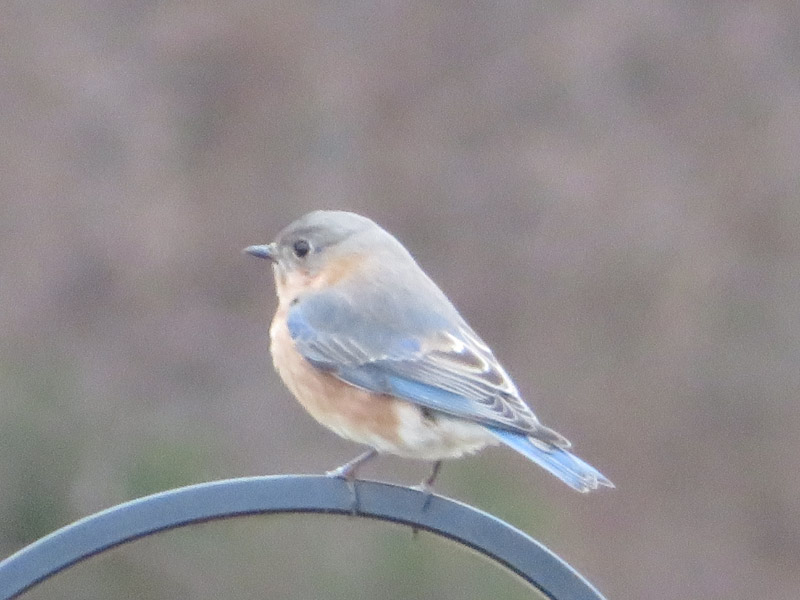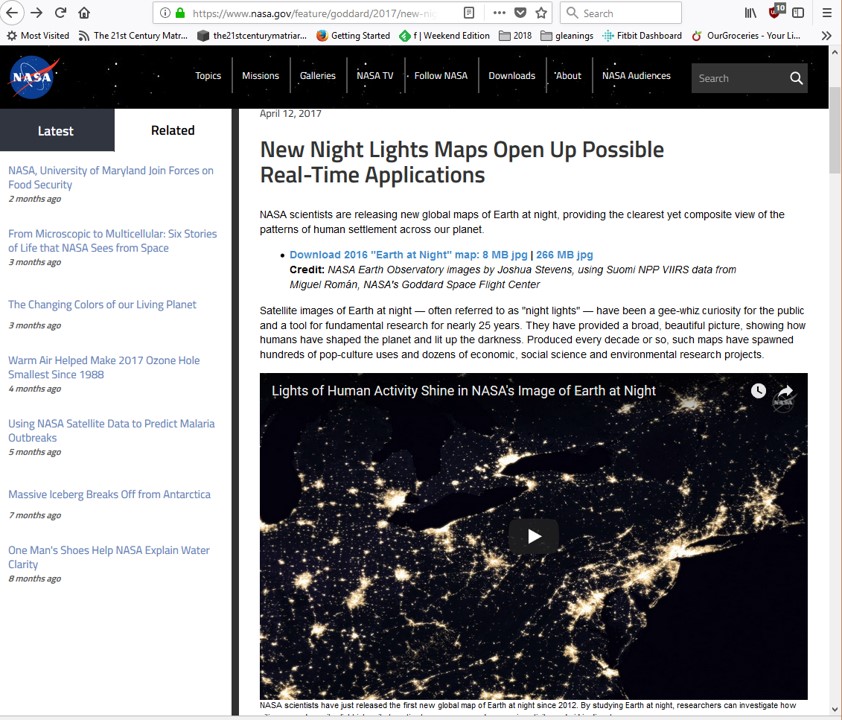The items below were ‘the cream’ of the articles and websites I found this past week. Click on the light green text to look at the article.
How Do We Carry Our Shopping Home Now? | CleanTechnica – I’ve been using my collection of reusable bags for years. Some of them are over 10 years old and still in great shape. Occasionally, I still get a Lightweight Plastic Bag (or a newspaper in plastic, or other plastic bag packaging) which I take back to the bag recycling bin at my grocery store. I’m always sad when I set a grocery cart full of stuff in the plastic bags…hope none of them escape into the environment.
A Harlequin Duck’s Long Cross-Country Migration – Cool Green Science – A bird banded in Glacier National Park migrated to Long Island! Zoom lenses on cameras and binoculars make it possible to record banding info from a distance.
BBC - Future - The small Scottish isle leading the world in electricity – Eigg has an off-grid electric system powered by wind, water, and solar…they average 90-95% renewable energy. The time of year they tend to need back up generators is in the spring.
Implications of access to high-quality fruits and vegetables: Quality has potential to impact consumer selection and consumption in rural areas -- ScienceDaily – There has been a lot of discussion about food deserts in big cities – places that lack affordable, high-quality food. It appears that food deserts occur in rural areas as well.
Top 25 Endemic Wild Birds – National Geographic – The weekly bird photography fix! The chickadee we see frequently in our areas of the Mid-Atlantic of the US is endemic to our part of the world (and is one of the 25 pictured).
New Beginnings: Cherry Blossoms and Helen Taft's Landscape Diplomacy – Some years we manage to see the peak of the cherry blossoms around the tidal basin in Washington DC….but every year we enjoy the cherry tree in our front year. It is always at least a week later than the ones in DC.
US electricity use drops, renewables push fossil fuels out of the mix | Ars Technica – Total electrical generation was down 1.5 percent in 2017. Coal and natural gas declines were more than that with renewable energy projects coming online. Energy efficiency has made a difference! Another article reported that some utilities are planning for the uptick in electric vehicles to cause the trend in electricity generation to turn upward again. Right now – it seems like people that buy electric cars are often the same people that install solar panels; that could result in no uptick to the draw from the electric utility.
The Life Issue | WIRED – A collection of thought provoking articles about ‘what it means to live in an age of improvisation.’ I started with the articles about the 55-infinity age group.
Microscopic Images of Seeds • Insteading – hmm…maybe I’ll take a magnified look at seeds before I plant them in my flower beds.
Meditate regularly for an improved attention span in old age – Nice to know that something enjoyable immediately is also good for the long term too!
































